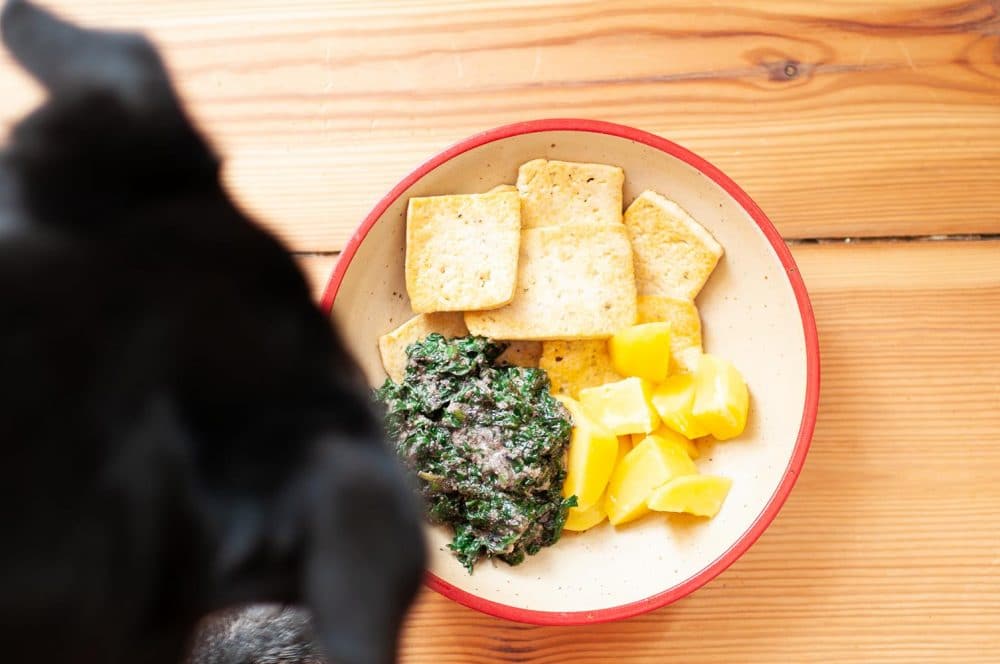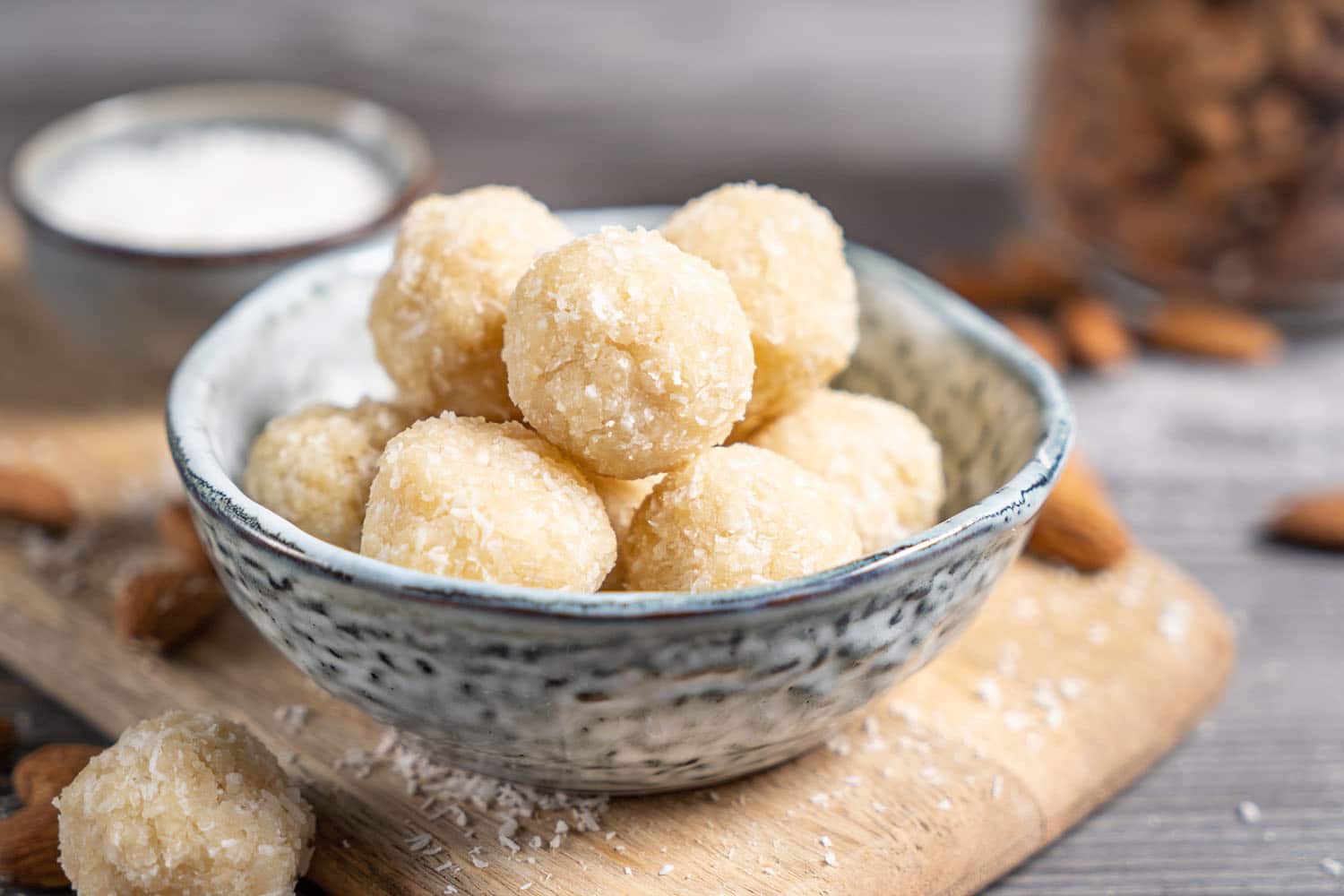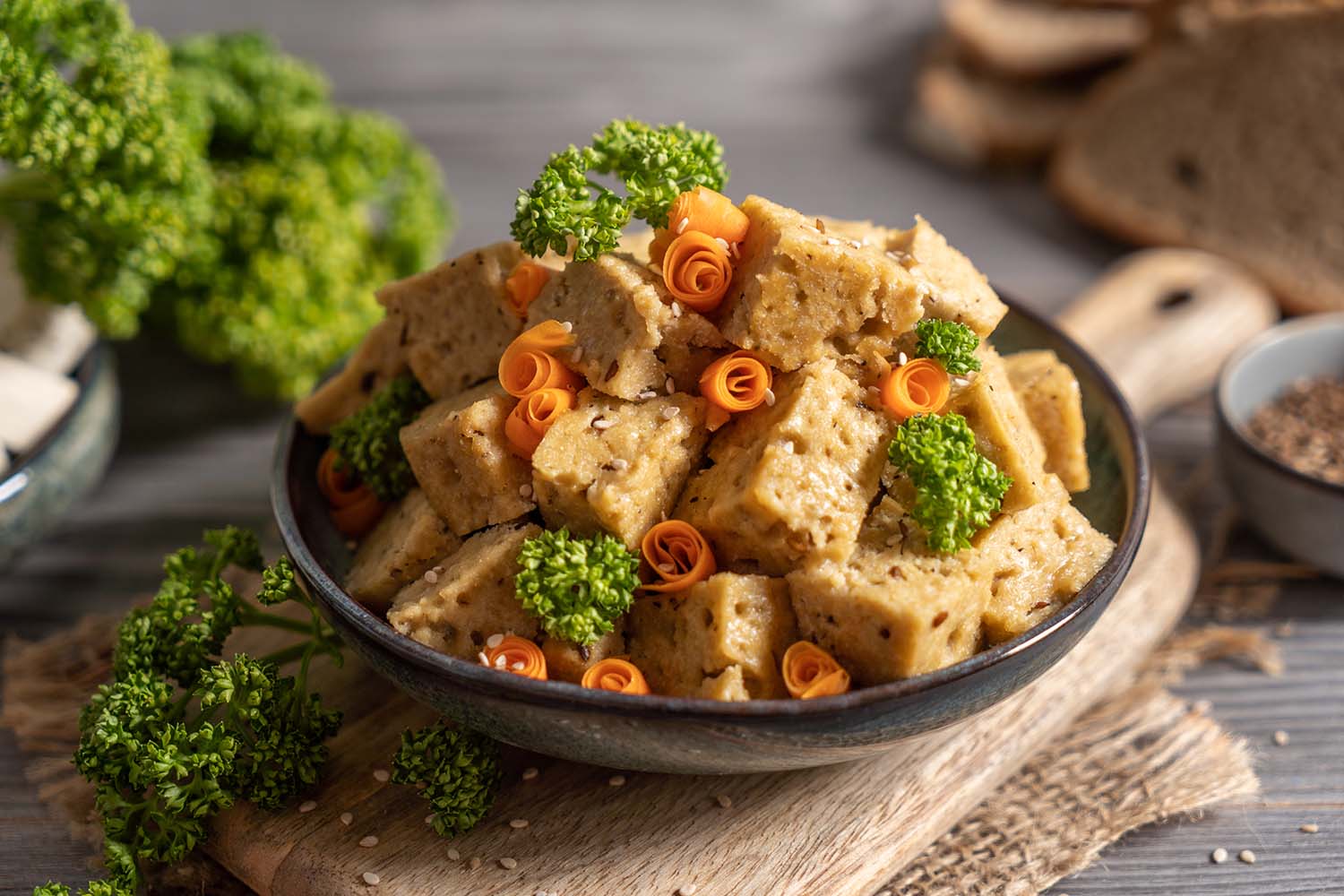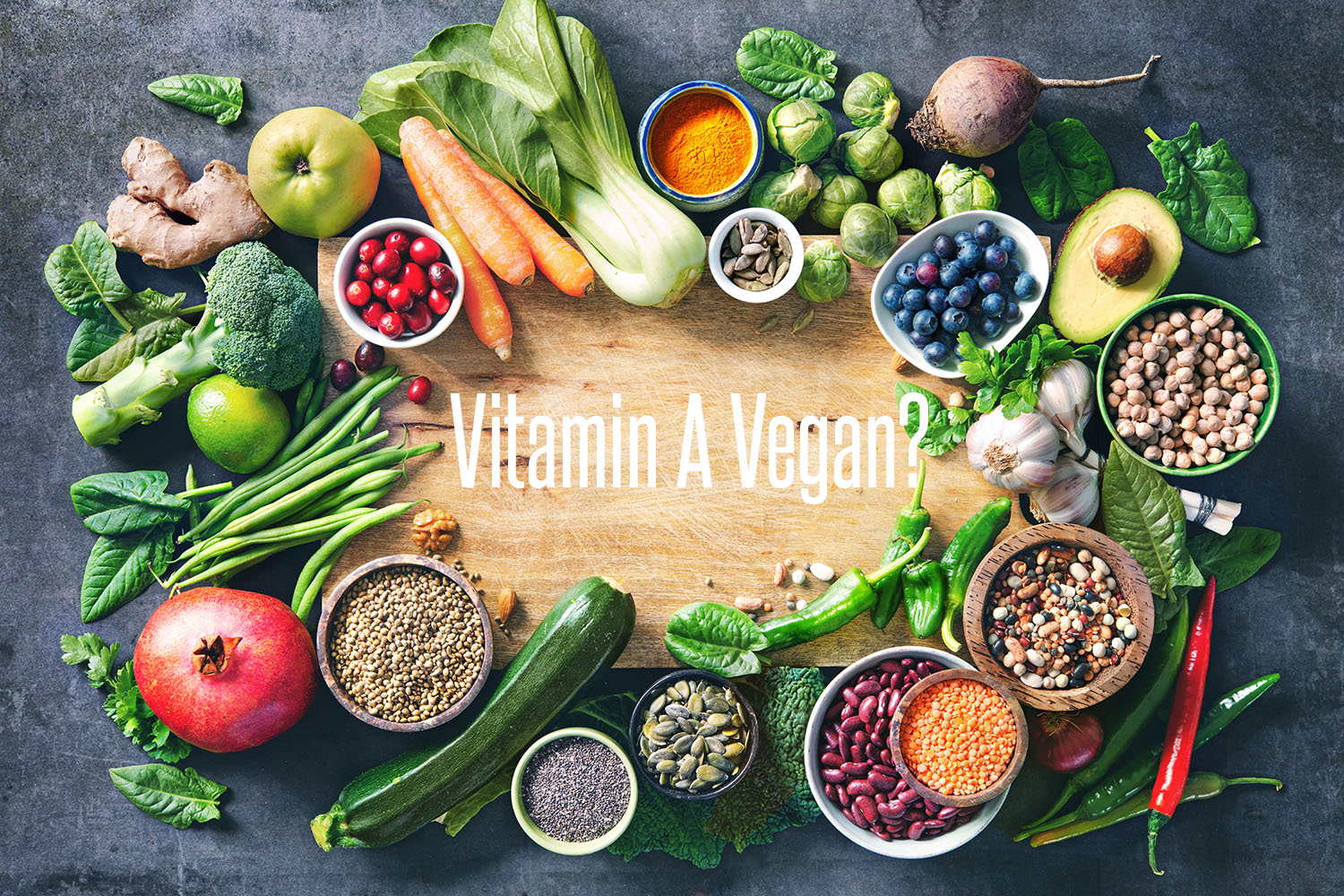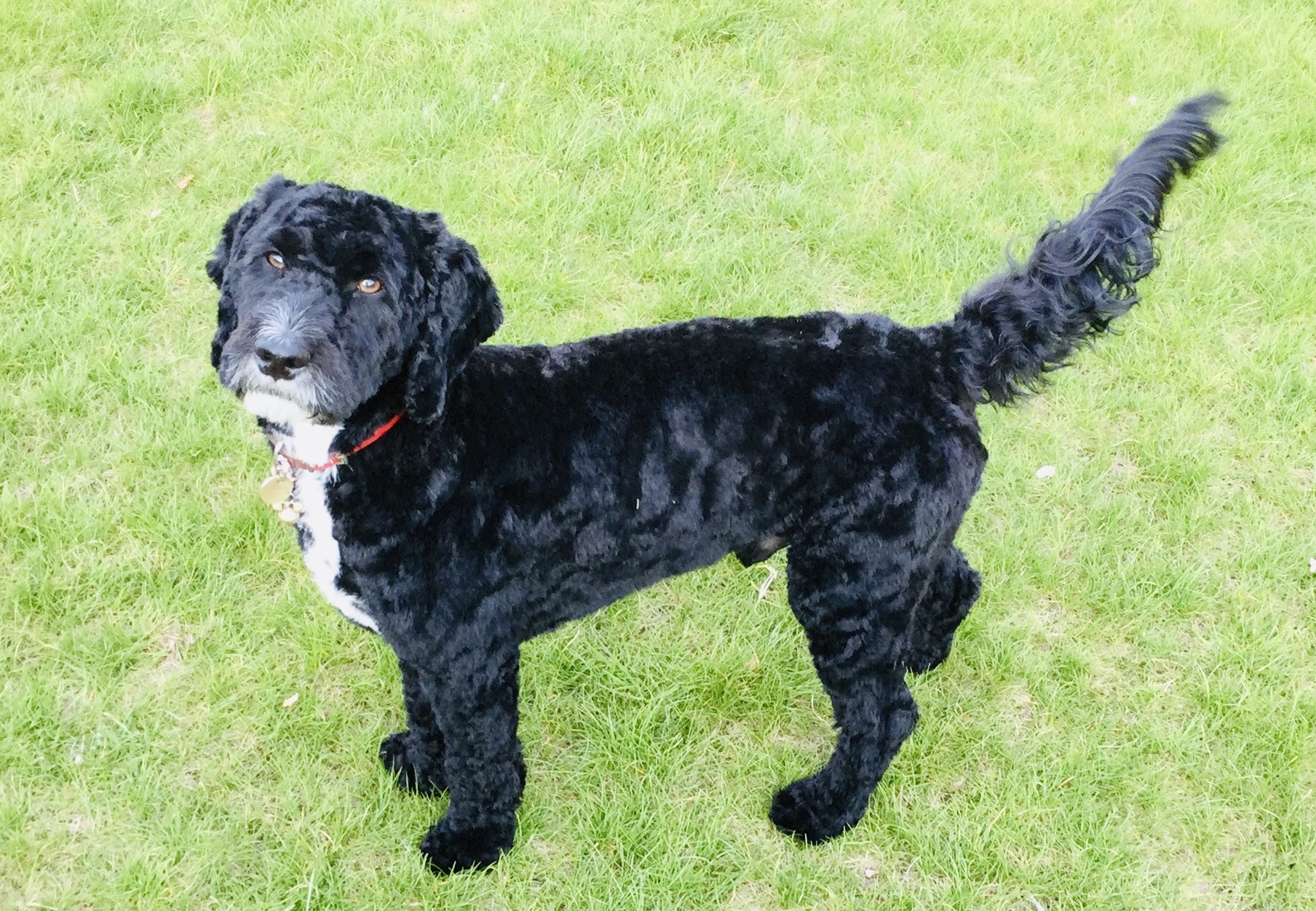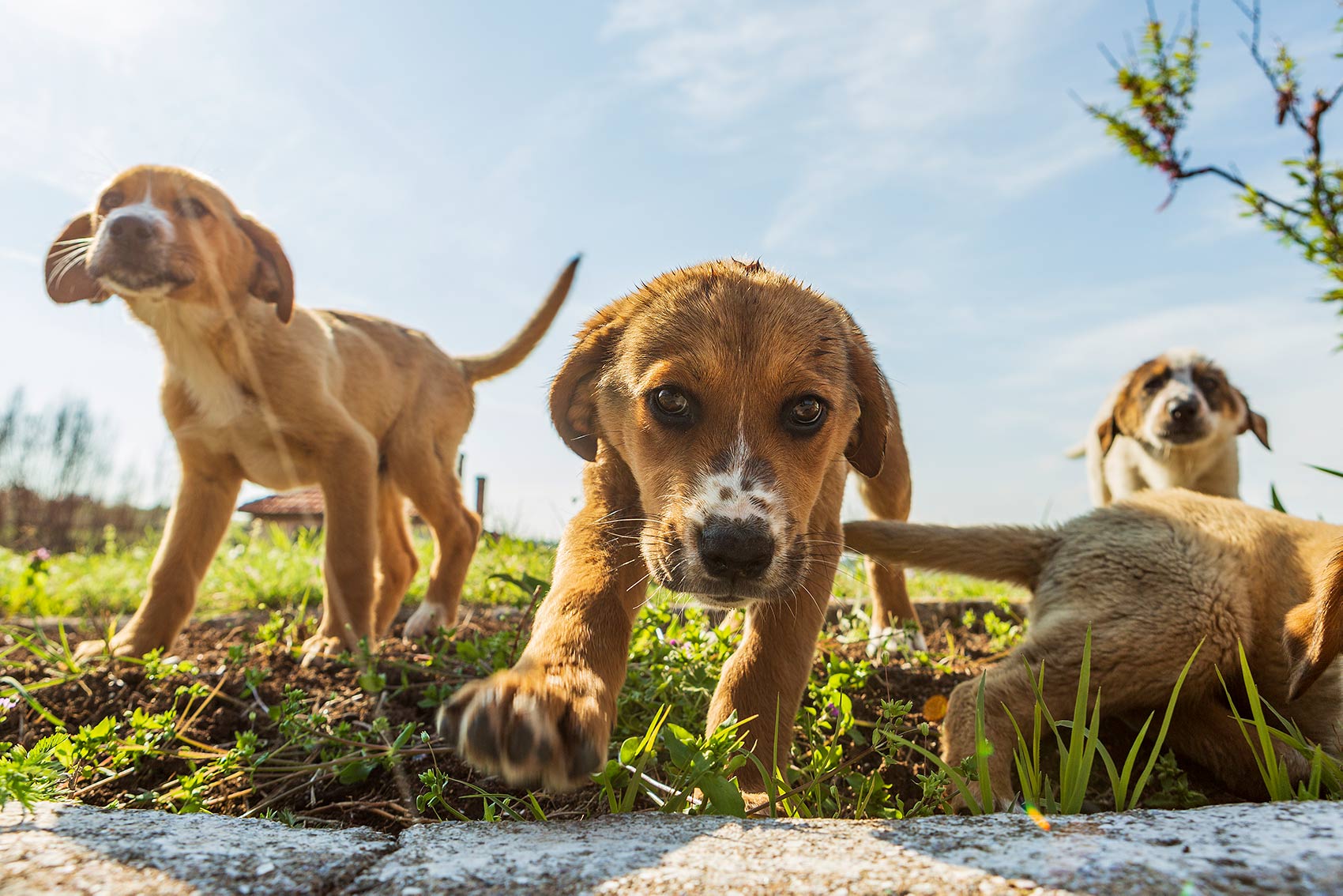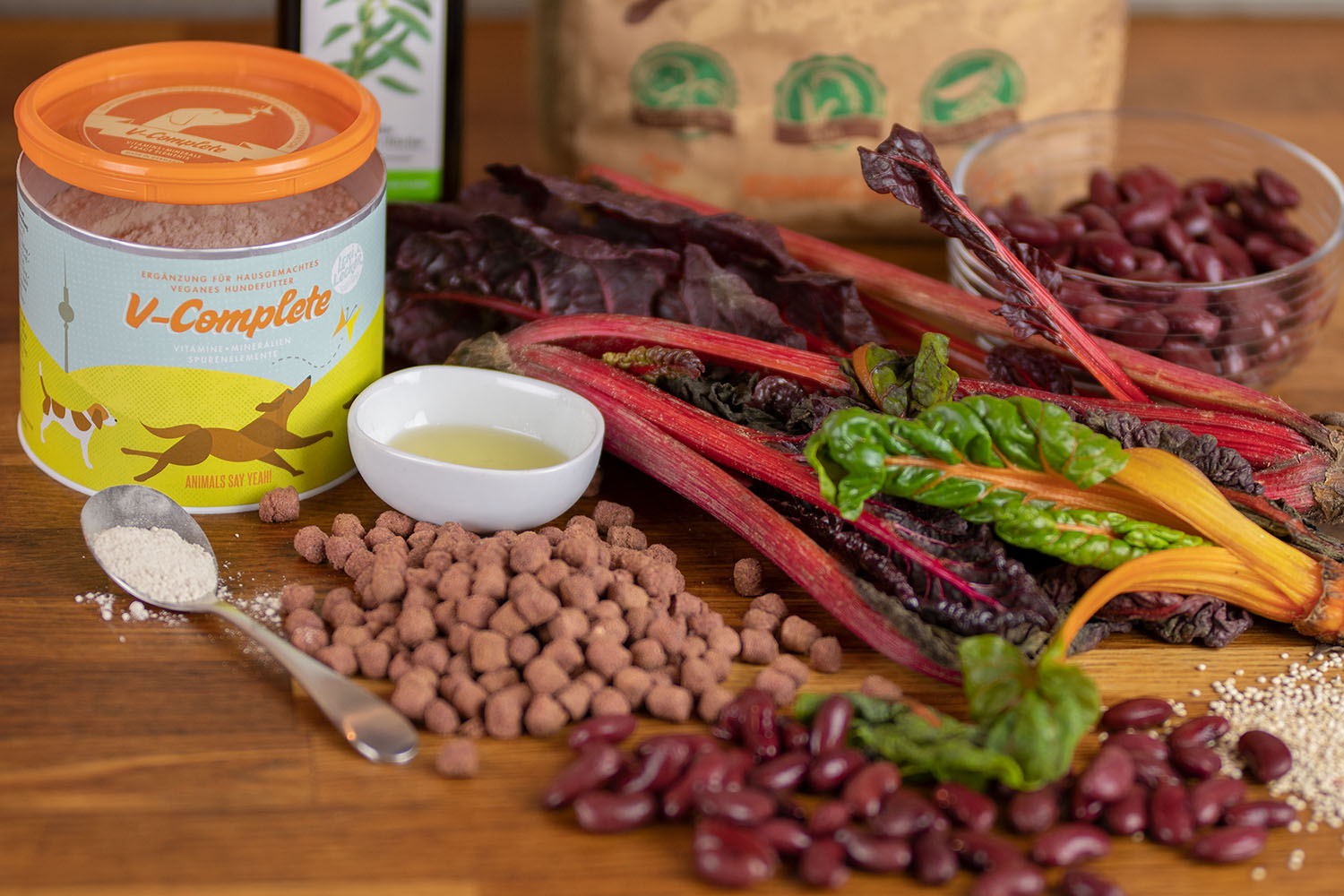To feed a dog vegan is relatively easy, if ...
… you deal with the nutritional needs of dogs. Dogs need a protein source, carbohydrates, vegetables, oil and a balanced dietary supplement for home-cooked food.
In ready-made food, whether dry or wet, various vitamins, minerals and trace elements are added by the factory. Vegan and conventional feed do not differ in this aspect. In home-cooked food, these nutrients have to be added themselves.
BUT WHY FEED A DOG A PURELY PLANT-BASED (VEGAN) DIET AT ALL?
What was considered completely absurd a few years ago is slowly becoming more and more normal. The main reason for this is, of course, because of the reasons why people decide to feed their dog(s) a plant-based diet in the first place.
However, what is becoming more and more common can still bring up some questions. Therefore, we list 7 good reasons why you should feed your dog a vegan diet.
Because dogs like it!
Because dogs can thrive on it!
Because all nutrients are included!
Because animal protein is not tolerated!
Because the dog smells good!
Because the keeper likes it, like with any other food!
Because love for animals doesn’t end with your dog!
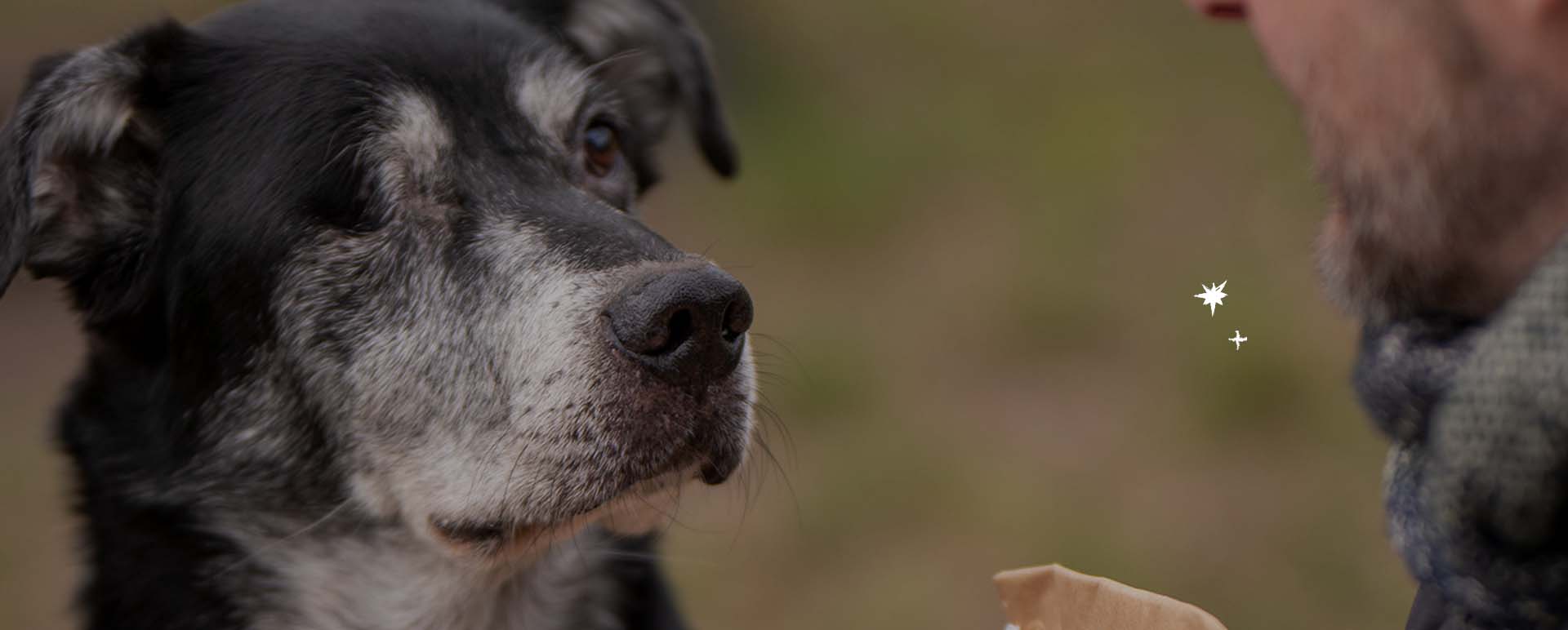
Worries, fears, insecurity? You are not alone with this!
A pure plant-based diet for your dog is so important for ethical, health and environmental reasons! At the same time, it can bring worries, fears, insecurities and doubts. This is quite normal and it happens to a lot of people who are exploring a vegan dog diet for the first time.
You are not alone with these feelings. Because of the great responsibility you have for another living being a lot of people feel this way at first. But your decision changes many lives for the better!
What should I put in the food?
Once you have learned about the necessary ingredients, you will feel more confident in your conscious decision to do something really good for your companion! Therefore, it is important for us to show you what a well-planned and complete dog bowl should contain:
Protein
Proteins are needed by dogs to maintain body substance and for the formation of new tissue. Instead of meat, as in conventional feeding, we use pulses as valuable proteins in our pots. Any legume such as beans, lentils, peas and chickpeas can be used. I normally use dried foods, but they have to be cooked before being fed, as they are toxic in their raw, unsprouted state.
Amino Acids
Proteins consist of a series of amino acids. The amino acids are divided into essential and non-essential amino acids. The essential ones have to be supplied by food, the non-essential ones can be synthesized by the dog itself.
Dietary fibres & Vitamins
Many vegetables are rich in fibre. They also contain vitamins and minerals. And of course they taste very good. Depending on the type, the vegetables can be fed raw, steamed, cooked or fried. The best thing to do is to see how your dog tolerates it best. To get used to raw vegetables, ideally feed them in small quantities and then increase over time.
Vegetables
You can try a lot with vegetables. I always check what’s in season and vary very regularly. Eddie especially likes carrots, kohlrabi and fennel. We also have beetroot, different beets, red cabbage, savoy cabbage and pumpkin on the menu.
Fat
Fats and oils serve as energy sources next to carbohydrates. They contain essential fatty acids and are digested to a high percentage (>90%) (Meyer/Zentek – Nutrition of the dog – 2016). They do not bring any other nutrients with them. Vegetable oils usually contain many unsaturated fatty acids. Sunflower oil, safflower oil and maize germ oil mainly contain linoleic acid. Linseed oil and rapeseed oil contain ⍺ linolenic acid.
Carbohydrates
For carbohydrates we have pasta, (wholemeal) rice, polenta, (wholemeal) couscous, potatoes and quinoa in the bowl. These can be prepared a few days in advance and kept in the fridge.
Salt
In order to ensure smooth processes in the body, dogs also need sodium and chloride. These are important for example for the water supply in the body and to maintain the acid-base balance and neuromuscular stimulability. Dogs are relatively tolerant of high saline levels as long as sufficient water is available (Meyer/Zentek – Dog Nutrition – 2016). 125mg salt per kg body mass per day should be taken.
L‑Carnitine & Taurine
We have added L-carnitine and taurine to our complete foods Greta and Pauline and our supplement V-Complete. In Greta and V-Complete, papaya leaves provide protein-splitting enzymes.
Add what’s missing with V‑Complete
To supplement your homemade, vegan dog food optimally, we have developed V-Complete, which contains all essential nutrients. Vitamin B12, calcium, other minerals, amino acids and vitamins as well as trace elements complete your home-cooked food. Mix V-Complete into the cooled, ready food or into part of the food. One teaspoon is approx. 4g.
Here you find our general feeding recommendation for V-Complete.

Tips and Tricks
Soaking dried legumes
I usually put legumes in a bowl with enough water in the fridge overnight, then they can be cooked the next morning. Before feeding beans and (chick) peas they should be chopped, with lentils this is not necessary depending on the type, because they already fall apart into a puree during cooking.
Adding some savory to the cooking water makes legumes more easily digestible, and it also tastes very good.
Quick Lentils
Lentils can be prepared quickly, as they do not need to be soaked and cook in a short time (15-45 minutes, depending on the type of lentil). Red and yellow lentils cook quickly, brown lentils usually take longer to soften. Brown lentils can also be soaked beforehand, so they cook faster. Beans, peas and chickpeas should be soaked for about 12 hours and then cooked for about 1 – 1 1/2 hours.
Fat for energy upgrading
Oil is particularly suitable for adding caloric value to the food. Especially with sporty or very slim dogs this is quite a good possibility to supply more energy (up to 10g/kg bodymass/day).
Variety
To provide all nutrients, it is important to feed a diverse diet. Vary the different options of carbohydrates, proteins, vegetables and oil. This also ensures that the food is not getting boring.
Leni Lecker HundeVurst
I like to make a dog sausage for Eddie, which I feed with the food. He likes that very much and it is ideal to mix in. You can also take it with you when you’re out and about.
Oil provides flavor
Many vegetable oils are suitable for feeding, ideally cold-pressed ones. Oil also improves the taste of the food, as it enhances the aromas. We serve linseed oil and rapeseed oil, hemp oil, coconut oil and sesame oil. Evening primrose oil, sunflower oil, safflower oil, borage oil, wheat germ oil and maize germ oil are further options.
I like to fry vegetables in the oil (do not heat them above the smoke point) and add the other ingredients.
What should not go into the bowl?
Pure plant-based dog food changes a lot in your dog companion, as dog owners report. Here are the most common observations from human companions:
Chocolate
Contains theobromine, which can have a toxic effect on dogs. (Meyer/Zentek - Nutrition of the dog - 2016)
Grapes
Are toxic for dogs and can lead to severe kidney damage. (Meyer/Zentek - Ernährung des Hundes - 2016).
Raw Legumes & Potatoes
Lentils, beans and chickpeas must be either cooked or sprouted before feeding. Green peas can be eaten raw and chopped. Potatoes must also not be fed raw. Sweet potatoes are different, they can also be fed uncooked.
* Does not claim to be complete
What visible and noticeable changes come with a balanced plant-based dog diet?

You would like to cook for your dog?
On our recipe blog "Leni's Kitchen" we share our favourite recipes with you! You and your dog are sure to find what you're looking for!
More posts for you
There is so much helpful and useful information about vegan dogs. So here are some more interesting blog posts.


